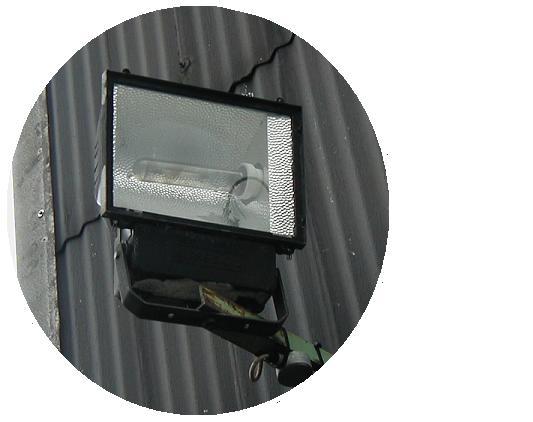
|
Easy things to put right
- People not even knowing where the light switches are
- Lack of labels on switches controlling shared workspace
- People thinking it's cheaper to leave lights on.
(Find out why they are wrong)
- Tungsten filament lamps still in use (see alternatives)
- Excessive light levels for the type of work being done. Guidance levels are
| Type of use | Lux |
|---|
| Close detailed work | 1000-2000 |
| Offices | 400 |
| Workshops | 300 |
| Stairs and corridors | 200 |
| Rest rooms | 100 |
| Street lighting | 20 |
| Security lighting | 5 |
- Large banks of lights controlled by a single switch.
- Empty areas lit unnecessarily.
- Outside lights on fixed timeswitch or manual control.
- Dirty or discoloured diffusers and shades.
- Dirty rooflights or other opportunities to use more daylight
- Artificial lighting used in areas where there is sufficient daylight
Survey tricks and tips
- Estimate the lighting load by reading the electricity meter at (say) 10 minute intervals first with lights off, then with lights on (see on-line calculation aid)
- Make a point of examining areas which have had a change of use.
- Subject to safety considerations, turn off some lights and see if anyone notices.
- Do an out-of -hours survey to see what lights get left on.
Opportunities
- Reduce your mains supply voltage (see article)
- Brief security staff and cleaners to turn off lights when leaving unoccupied areas
- Improve labelling of switches (combined with a staff awareness and motivation campaign).
- Replace lamps with more efficient equivalents (take care about colour rendering if important). See
lighting efficiency comparison chart
- Convert mains-frequency fluorescent lights to high frequency fittings.
- Fit more switches per bank of lights, if wiring permits.
- Fit automatic lighting controls (carefully chosen to suit the circumstances) especially in infrequently-occupied rooms.
- Fit more effective reflectors, and remove a proportion of lamps.
Links
|
